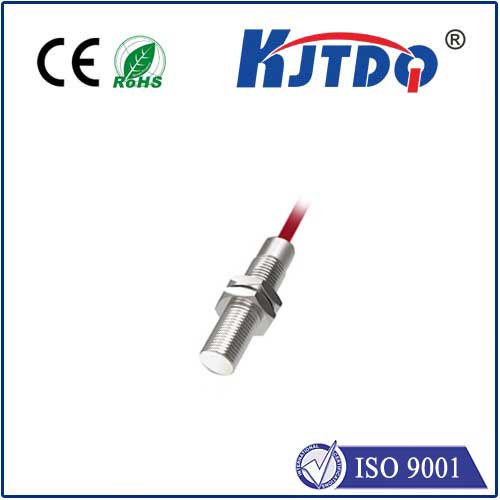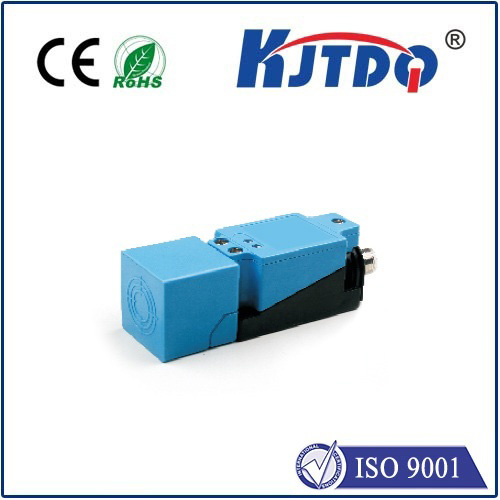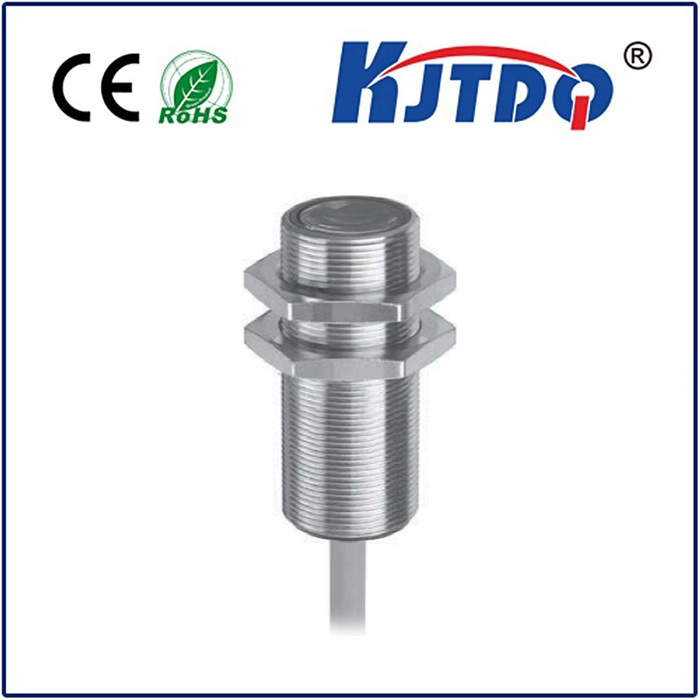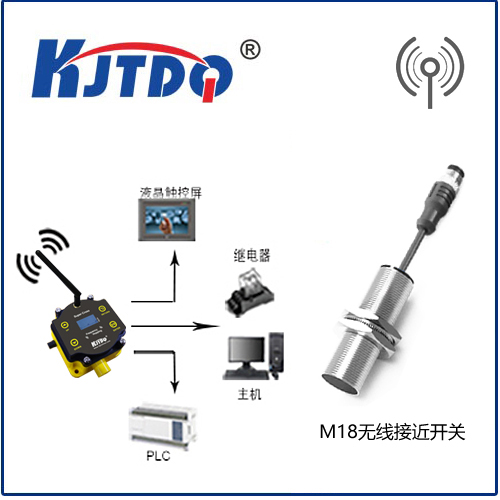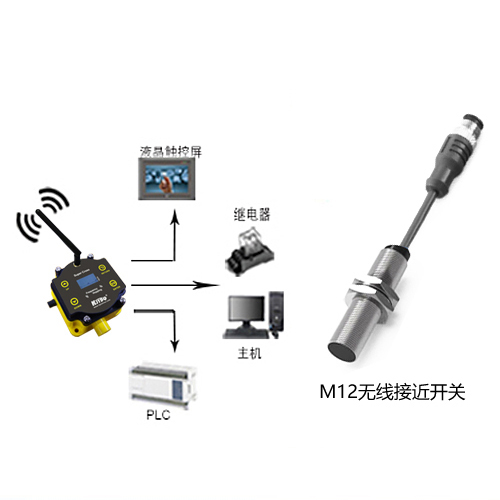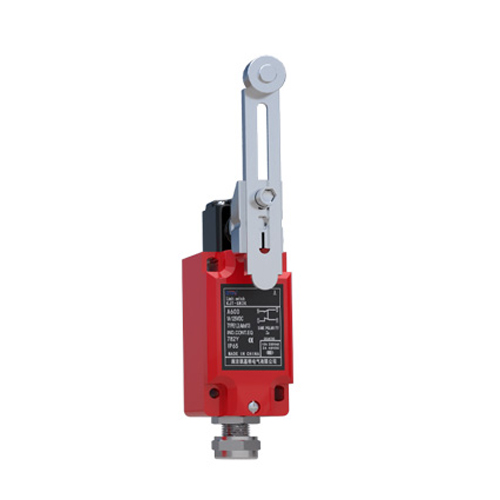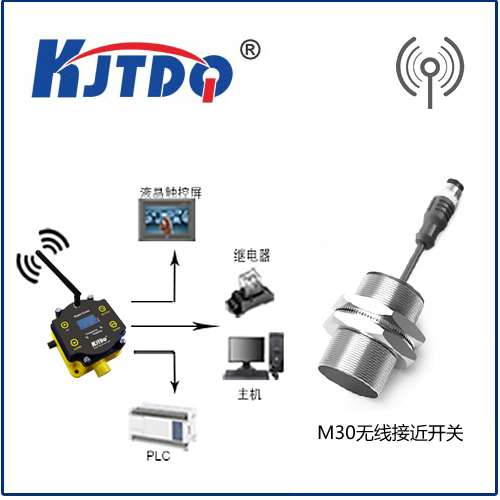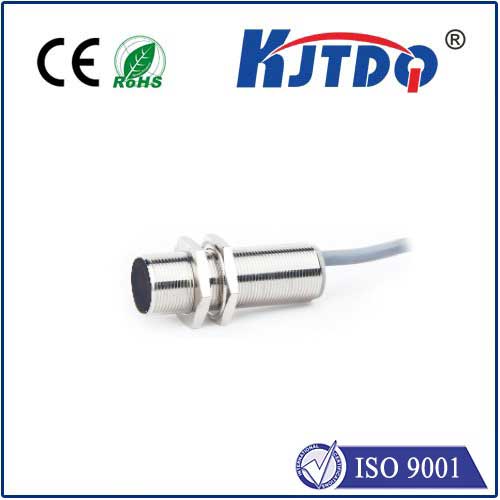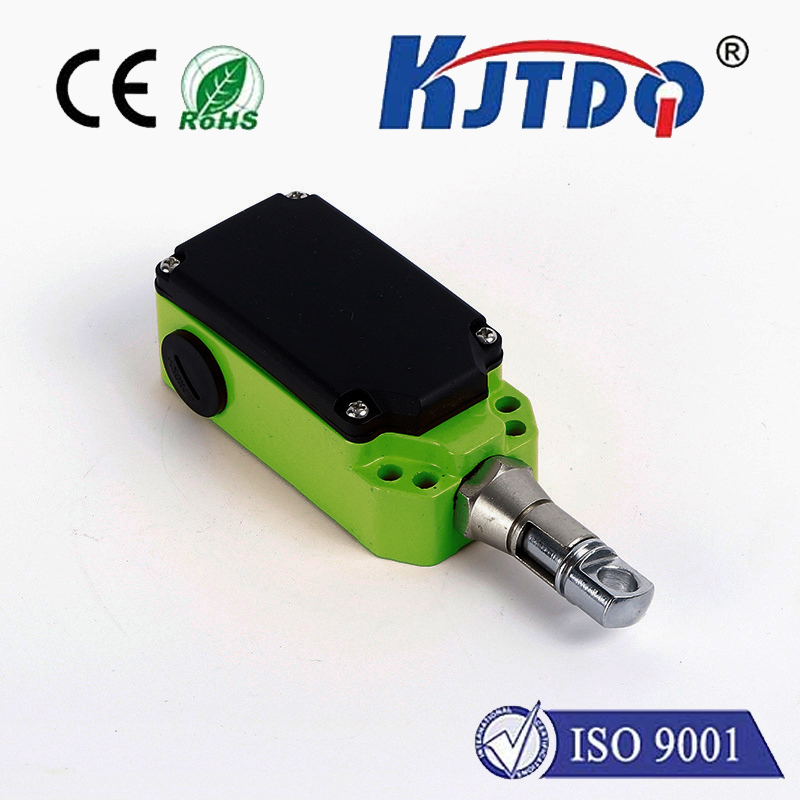safety proximity sensor
- time:2025-06-12 19:07:23
- Нажмите:0
The Unseen Sentinels: How Safety Proximity Sensors Shield Workers and Boost Productivity
Imagine a high-speed robotic arm flawlessly assembling components, a massive hydraulic press stamping metal, or a fast-moving conveyor system handling heavy pallets. Now imagine a worker accidentally stepping too close, a tool slipping into the path, or maintenance beginning while machinery is still live. The potential for catastrophic injury is terrifyingly real in industrial environments. This is where the silent, vigilant heroes of modern workspaces step in: safety proximity sensors. These critical devices form the bedrock of machine guarding strategies, transforming hazardous zones into controlled, predictable environments by detecting presence before contact occurs, preventing accidents and saving lives.
Understanding the Core Function: Presence Detection, Not Contact
Unlike emergency stop buttons activated after an incident begins, safety proximity sensors operate preventatively. Their primary purpose is simple yet profound: detect the presence of a person or object within a predefined hazardous area before it makes physical contact with dangerous machinery. They act as an invisible, instantaneous shield. When the sensor detects an intrusion into its monitored zone, it sends a signal to the machine’s safety control system (like a safety PLC or relay). This system then triggers an immediate and safe shutdown or prevents the machine from starting in the first place. This happens in milliseconds, faster than human reaction time, effectively creating a virtual safety barrier.
The Critical Role in Accident Prevention

The most significant contribution of safety proximity sensors is undeniably collision prevention. Consider these high-risk scenarios:
- Robot Work Cells: Collaborative robots (cobots) may work alongside humans, but traditional industrial robots operating at high speeds pose severe crush and impact hazards. Safety light curtains or laser scanners create an invisible protective field around the cell. If a worker reaches in, the robot stops instantly.
- Presses and Stamping Machines: These machines exert immense force. Safety mat systems placed around the press detect foot presence, halting the cycle if someone steps onto the danger zone. Similarly, area scanners can monitor the entire perimeter.
- Material Handling & Conveyors: Automated Guided Vehicles (AGVs), palletizers, and conveyor pinch points are significant hazards. Safety laser scanners mounted on AGVs detect obstacles in their path and stop. Presence sensors near conveyor nip points prevent limb access during operation.
- Hazardous Access Points: Revolving doors, large industrial doors, and access hatches to dangerous areas utilize safety sensors to detect a person in the opening, preventing the door from closing or machinery from operating while access is possible.
Beyond Safety: Tangible Productivity and Operational Benefits
While protecting human life and limb is paramount, the strategic deployment of safety proximity sensors delivers substantial operational advantages:
- Increased Machine Utilization & OEE: Traditional physical guards (cages, fences) often require operators to shut down equipment completely and unlock gates to perform minor adjustments, clearing jams, or basic maintenance. Systems using safety light curtains or area scanners allow for safe access under controlled conditions. This facilitates faster intervention, drastically reducing costly machine downtime and improving Overall Equipment Effectiveness (OEE).
- Flexible Safety Zoning: Unlike fixed guards, modern safety sensors offer remarkable flexibility. Devices like safety laser scanners can define complex, adaptable warning and detection zones using software. This allows for different safety levels depending on the machine state or operator task, optimizing workflow without compromising protection. Zones can be easily reconfigured for different production layouts.
- Reduced Physical Guarding Costs: While not eliminating the need for all physical barriers, safety sensors can minimize the extent of bulky fencing required, potentially lowering material and installation costs. They are particularly valuable for guarding complex or irregularly shaped machinery where physical guarding is impractical or overly cumbersome.
- Enhanced Ergonomics: Easier access for tasks like loading/unloading or quality checks improves operator comfort and efficiency, reducing fatigue and potential for strain injuries caused by awkward movements around restrictive guarding.
- Data for Safety & Process Improvement: Advanced safety sensors integrated within IIoT frameworks can provide valuable data – such as the frequency of safety function activations (near-misses) or access patterns. This data is gold for safety officers and process engineers, highlighting recurring risks and opportunities for further safety or logistical improvements.
Selecting and Implementing the Right Safety Solution
Choosing the appropriate Тип of safety proximity sensor is crucial and depends heavily on the specific application, risk assessment, and required Safety Integrity Level (SIL or PLr per standards like IEC 61508 or ISO 13849):
- Safety Light Curtains: Ideal for guarding straight access points (e.g., front of a machine, entry to a robot cell). They create a vertical plane of infrared beams. Breaking any beam triggers the safety stop. Resolution determines the smallest object detected (e.g., finger vs. body).
- Safety Laser Scanners: Provide the most flexible 2D or 3D area monitoring. Perfect for safeguarding the perimeters of AGVs, large machines, or irregularly shaped zones. They map out warning and protective fields over wide areas.
- Safety Mats: Pressure-sensitive mats used around machines like presses or to guard floor spaces. Stepping on the mat triggers a stop.
- Safety Edges/Bumpers: Detect physical contact or pressure, often used on moving machinery like automated doors for sensitive edge detection.
- RFID Safety Systems: Utilize wearable tags to identify authorized personnel, allowing machines to operate only when trained individuals are present or enabling reduced safety modes for maintenance under controlled conditions.
Critical Considerations for Implementation:
- Risk Assessment is Paramount: A thorough analysis of the hazards is the foundation for selecting the correct sensor type and determining the required safety performance level (PLr/SIL).
- Proper Integration: Sensors must be integrated with a certified safety control system (Safety PLC, safety relay). The entire safety circuit dictates the achieved safety level.
- Redundancy & Diagnostics: Safety devices often incorporate redundant internal circuits and continuous self-diagnostics to detect internal faults (a requirement for higher SIL/PL levels).
- Correct Positioning & Range: The sensor must cover the hazard zone completely, accounting for reach-over, reach-under, or reach-around possibilities. The range must be appropriate for the application. Regular testing according to the safety plan is non-negotiable.
- Environmental Factors: Dust, moisture, temperature, vibration, lighting (for optical sensors), and electromagnetic interference can affect sensor performance. Choose devices rated for the specific environment.
- Preventing Defeat: Safety systems should be designed and installed to minimize the potential for intentional bypassing (defeating) by operators, which is a serious safety risk.
The Future of Presence Detection
Safety proximity sensor technology continues to evolve rapidly. Integration with artificial intelligence (AI) and machine vision promises smarter detection, allowing sensors to better distinguish between humans, authorized tools, and non-hazardous objects, enabling even more sophisticated and efficient safety zones. Enhanced communication protocols for simplified integration and richer diagnostics are also key trends. Wireless safety sensors are also gaining traction where cabling is impractical, provided they meet stringent functional safety and security requirements.
Safety proximity sensors are far more than just electronic components; they are the unseen guardians ensuring that efficiency and human safety coexist harmoniously on the factory floor. By providing reliable, instantaneous presence detection, they form an indispensable layer of protection within a comprehensive safety strategy. Their ability to prevent accidents before they happen, coupled with their contribution to smoother operations and increased productivity, makes them not just a regulatory requirement, but a fundamental investment in the wellbeing of the workforce and the long-term success of any industrial operation. Choosing the right sensor and implementing it correctly, backed by rigorous risk assessment and integration with robust safety controls, unlocks a safer, more

